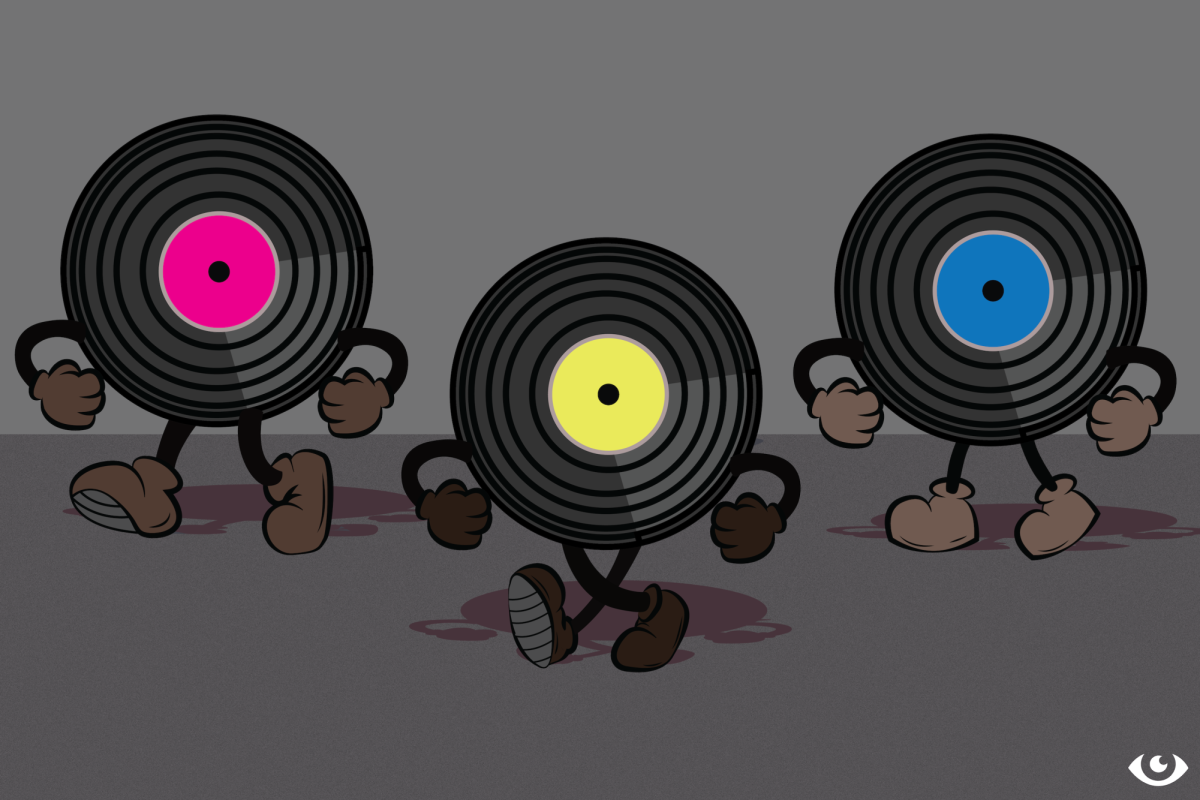As Black History Month comes to an end it is time to turn from the past and recognize the expressiveness and ingenuity with which black artists and content creators imagine the future. Showing the dreams, hopes and fears of themselves and their community and the issues affecting them now and in the future is the basis of the genre of Afrofuturism.
What is ‘Afrofuturism’? Mark Dery coined the term in 1993 with his philosophical essay Black to the Future. While the essay originally described Afrofuturism as “Speculative fiction that treats African-American themes and addresses African-American concerns in the context of twentieth century technoculture,” the concept has since evolved through the science fiction community and outwards into all types of media and entertainment.
Afrofuturism can be seen in movies, music, books, music videos, podcasts, art, fashion and more. It has become more popular over time as it has been introduced into the mainstream by films such as The Wiz and Black Panther, artists such as Janelle Monae and books such as Children of Blood and Bone by Tomi Adeyemi and the Hugo award winning trilogy Binti by Nnedi Okorafor.
Afrofuturism’s key elements are rooted in the experiences of African-Americans, with the effects and aftereffects of slavery and race-based oppression, the African Diaspora and inner-city life, with African mythology and cultural elements often featuring as a way of connecting to the deep-rooted heritage that was stolen in the past. Below are some examples of Afrofuturism in film and music.
“Janelle Monáe 09” by Joe Mabel is licensed under Creative Commons Attribution CC-BY-SA-3.0. No changes were made to the image. Use of this photo does not indicate photographer endorsement of this article.






